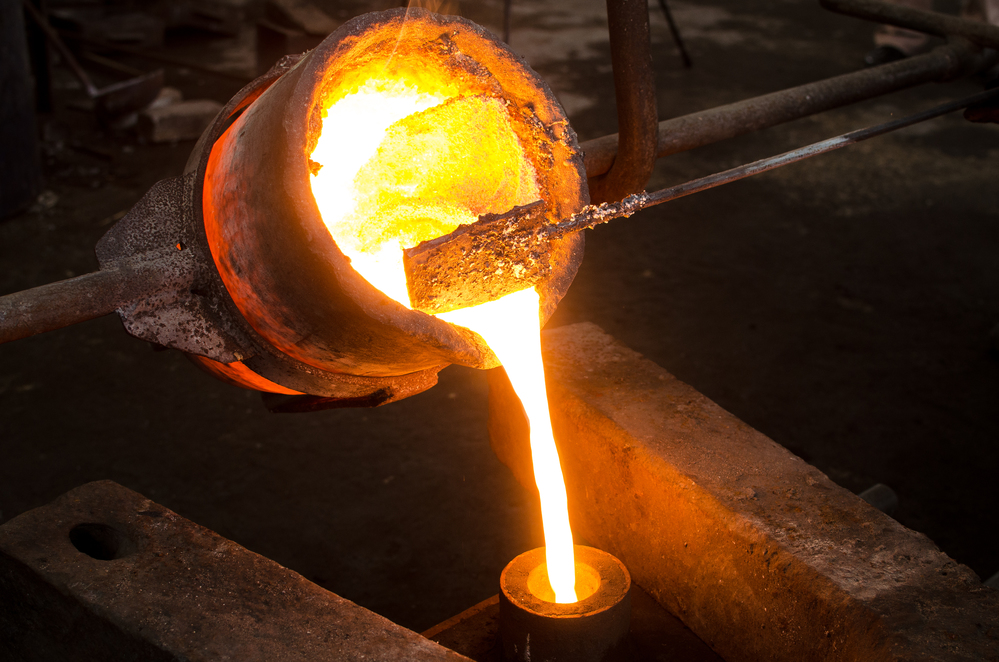The materials that have helped shape the modern world were introduced through momentous acts of invention and engineering. Here we look at the top 10 moments in materials history, based on a poll of engineers.
Manufactured materials can be found in nearly every aspect of modern life, from the metals and alloys found in our cars, to the plastics, ceramics, and composites in our homes. Many of the products that we purchase or rely on to perform tasks are based upon material innovation, which may have been developed recently or thousands of years ago. The history of materials science, including the engineering, production, and testing stages of development, reveals a great deal about how much we depend on materials today.
In 2007, JOM, the journal of the Minerals, Metals and Materials Society (TMS), conducted a survey of more than 900 engineers to determine the 50 Greatest Moments in Materials Science and Engineering in an effort to raise awareness of the vast contributions materials science has made. The resulting entries, chosen by vote, span nearly 30,000 years of human history.
"We wanted to do something that would draw attention to the materials science and engineering community from the general public and that would generate lively discussion and debate within the materials community itself,” James J. Robinson, editor of JOM, said in an announcement of the project.
Here are the top 10 historical materials moments from JOM’s list:
1. The Periodic Table of Elements
Voted the number 1 materials innovation in history, Dmitri Mendeleev’s Periodic Table of Elements was first compiled in 1894 and has long served as the standard, indispensable reference for scientists and engineers in countless fields.

2) Iron Smelting
The ancient Egyptians are credited with first smelting iron around 3500 B.C., using small amounts of the metal to create decorative or ceremonial items. This was one of the earliest methods of processing the world’s most common metallurgical material.

3) Transistors
John Bardeen, Walter H. Brattain, and William Shockley invented the transistor in 1948, producing one of the key components found in nearly all modern electronics and laying the groundwork for computer and microchip technology.

4) Glass
Glass was originally developed circa 2200 B.C. in northwestern Iran and is considered one of the most important (and ubiquitous) nonmetallic engineering materials today.

5) Optical Microscopy
Dutch scientist and inventor Anton von Leeuwenhoek developed optical microscopy in 1668, enabling objects to be magnified by over 200 times. This revolutionized the study of the natural world by allowing people to examine things beyond the normal capability of the human eye and led Leeuwenhoek to discover bacteria, along with many other microscopic substances.

6) Modern Concrete
Although it had been used in much earlier forms by the Egyptians and Romans, John Smeaton was the first to develop the modern form of concrete in 1775. Also known as hydraulic cement, this type of concrete became the dominant construction material of the modern era.

7) Crucible Steelmaking
Metalworkers in southern India developed the crucible steelmaking process around 300 B.C., producing "wootz steel,” a remarkably resilient and workable material. It was later known as Damascus steel and became highly sought-after around the world.

8) Copper Extraction and Casting
Around 5000 B.C., inhabitants in what is now Turkey discovered the process of extracting liquid copper from malachite and azurite and casting the molten metal into various shapes, thus introducing the first instance of extractive metallurgy.
.jpg)
9) X-Ray Diffraction
Max von Laue developed the process of diffracting X-rays using crystals in 1912, creating a method for characterizing different crystal structures and establishing the field of diffraction science.

10) Bessemer Process
The Bessemer process is named for Henry Bessemer, who patented a method for melting low-carbon steel using a bottom-blown acid process in 1896. This method enabled the production of inexpensive steel in high quantities, which in turn fueled the growth of transportation networks, building construction and industrialization.

Disagree with the list or have a materials innovation you think belongs in the top 10? You can see the 50 greatest moments in materials science and engineering here.
This article was originally written by Ilya Leybovich in 2009 and was later updated by the Thomas team in 2020.

